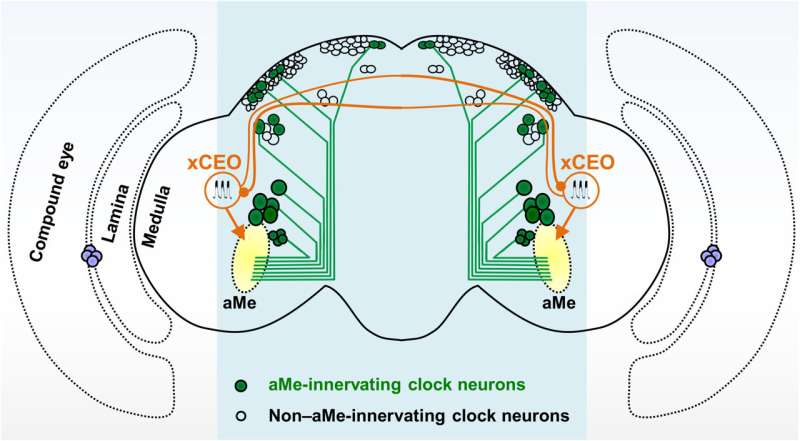How an extra-clock ultradian brain oscillator sustains circadian timekeeping

On September 2, Luo Dong-Gen and his research team from Peking University's School of Life Sciences, McGovern Institute for Brain Research, Center for Quantitative Biology, and Center for Life Sciences jointly published a research paper titled "An extra-clock ultradian brain oscillator sustains circadian timekeeping" in Science Advances.
The master circadian clock has long been regarded as self-sufficient in maintaining free-running timekeeping. Yet the breakthrough discovery by Luo Dong-Gen and his team has now challenged this traditional theory.
The team performed multiple-electrode patch-clamp recordings of the Drosophila clock neurons, and discovered that most clock neuron subtypes showed a pattern of synchronous ultradian burst firing. This solely relied on the synaptic inputs from outside the master clock. The synchronous burst firing was found to come from neurons that could oscillate self-autonomously.
These neurons were later named as xCEO (extra-Clock Electrical Oscillator) by the team. The study hence revealed that the master clock is not self-sufficient, instead requiring the help of xCEOs to generate timekeeping of behavior rhythms. Such timekeeping may actually be a core mechanism of the circadian clock in both insects and mammals.
More information: Min Tang et al, An extra-clock ultradian brain oscillator sustains circadian timekeeping, Science Advances (2022). DOI: 10.1126/sciadv.abo5506
Journal information: Science Advances
Provided by Peking University



















